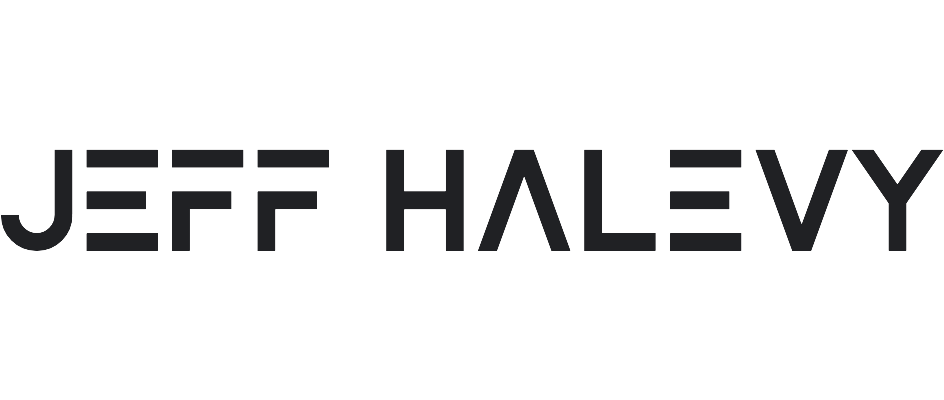It's time to throw out your training program.
Here’s a great guest post by Halevy Life Training Manager Lauren Murphy:
It’s time to throw out your training program.
This past week, as I diligently followed my 12-week program for the split jerk, I made the realization that sometimes you need to throw the program away and fly by the seat of your pants.
I am one of those people who works off a program that details the amount of sets, reps, and rest time for each week, leaving little for imagination. And ya know what? It works! It takes a full 12 weeks, but through the program I am able to up my strength and hit new goals. That being said, I have recently learned that sometimes it is best to lose the program and just wing it.
My 12-week program has been a gradual crescendo, starting multiple sets of 5 reps at around 60% of my max and ending with 2 quick sets of 2 reps at about 100% max ( in return making my new 1RM roughly 10% higher than when I started).
This week, as I finished my first of 5 sets of 5 reps at about 80% of my max , 99 lbs… I hit a wall. I was so bored!! And a colleague who was working out next to me could tell. “That weight is way too light and not nearly challenging enough, forget your sets of 5 and put some weight on there!” he said. It was time to switch things up, I threw some more weight on the bar and started working sets of 2 reps. I hit the first 2 reps at 111 lbs, too easy. The next set I went to 121 lbs and the bar still seemed to fly. Third set was 126 lbs, hit it twice and knew I could still bump up the weight. I finished my last set of 2 at 131 lbs. Wait, 131 lbs!!! That is more than my current predicted 1 rep max, 125lbs! Needless to say, I felt like a rock star.
Changing up your program has multiple benefits for both your performance and your mind. Not only did I get a bump in my ego after hitting a new PR on my split jerk, but mentally I felt brand new. The stress of having to do 5 sets of 5 reps had finally hit me. Breaking away from my program helped me to mentally refresh and gain new motivation for the split jerk. Studies have shown that training at heavy loads (70-120% of 1RM) for 1-6 reps is the most effective way of enhancing maximal strength as well as maintenance of maximal strength. However, research also shows that training to failure should only be performed for limited periods of time (1).
Integrating multiple maximal low rep sets as well submaximal mid rep range (3-6) sets into your work out has been proven to help improve both power and strength gains (1). Now, I am not saying I wont end up going back to my 5 sets of 5 reps next week, but I will definitely be taking a ‘vacation’ from my program every once in a while. And not just for split jerks but for squats, dead lifts, all my Olympic and maximal strength exercises. So, next time you are bored and tempted to deviate from your program, don’t worry about it! You can sweat about it later…
1. Tan, Benedict. “Manipulating Resistasnce Training Program Variables to Optimize Maximum Strength in Men.” Journal of Strength and Conditioning Research 13.3 (1999): 289-304. Journals.lww.com. The Journal of Strength and Conditioning. Web.

